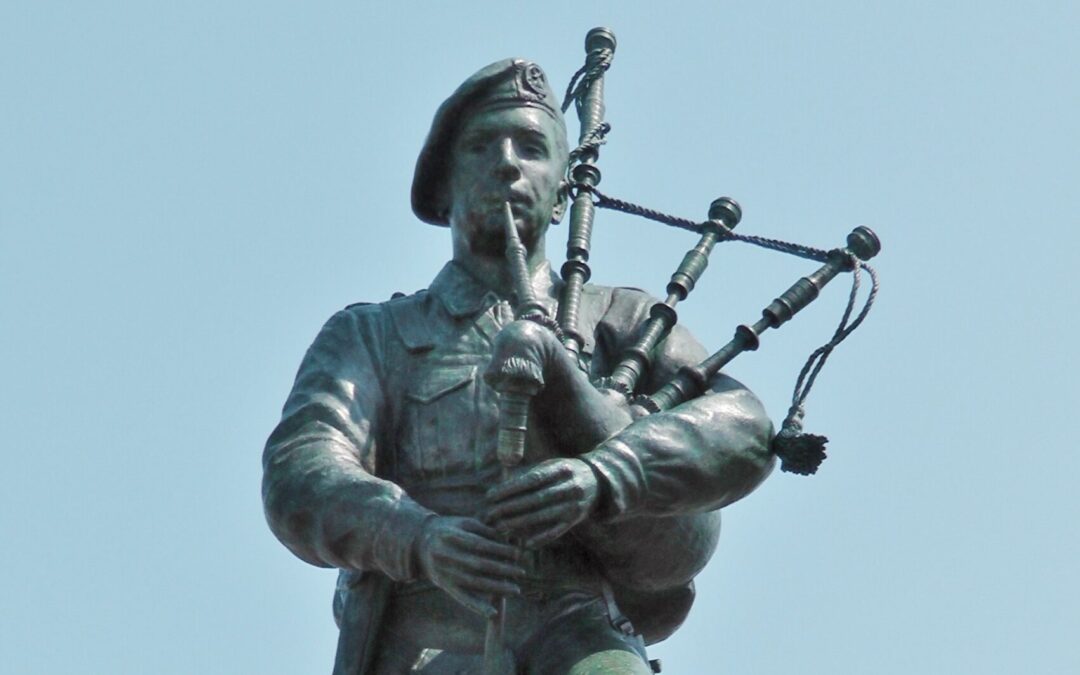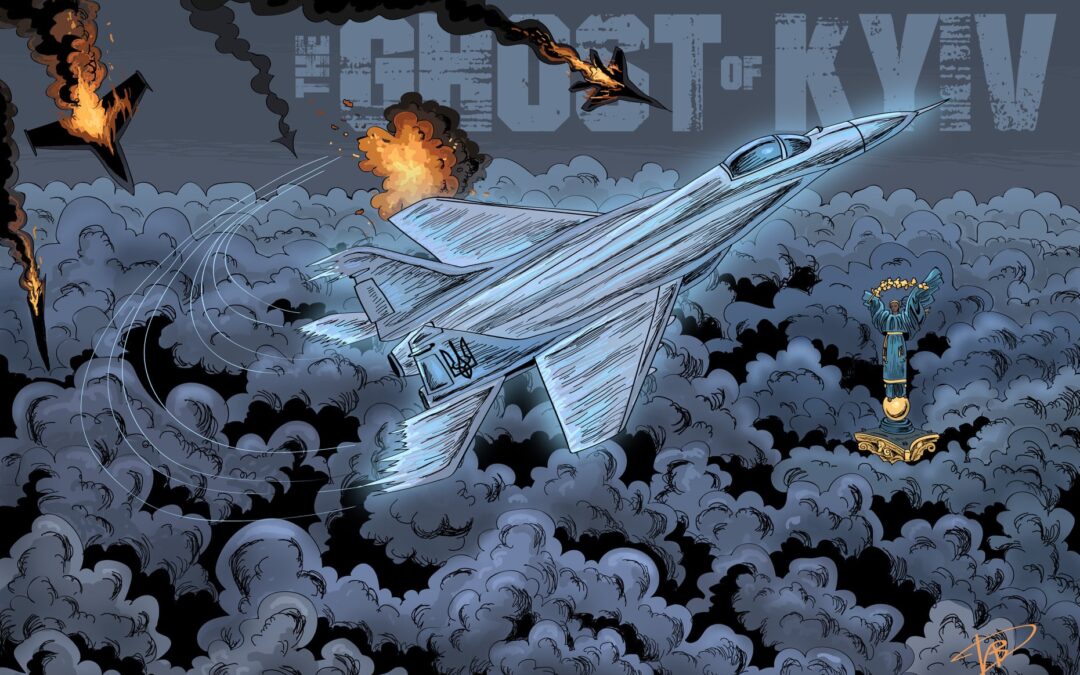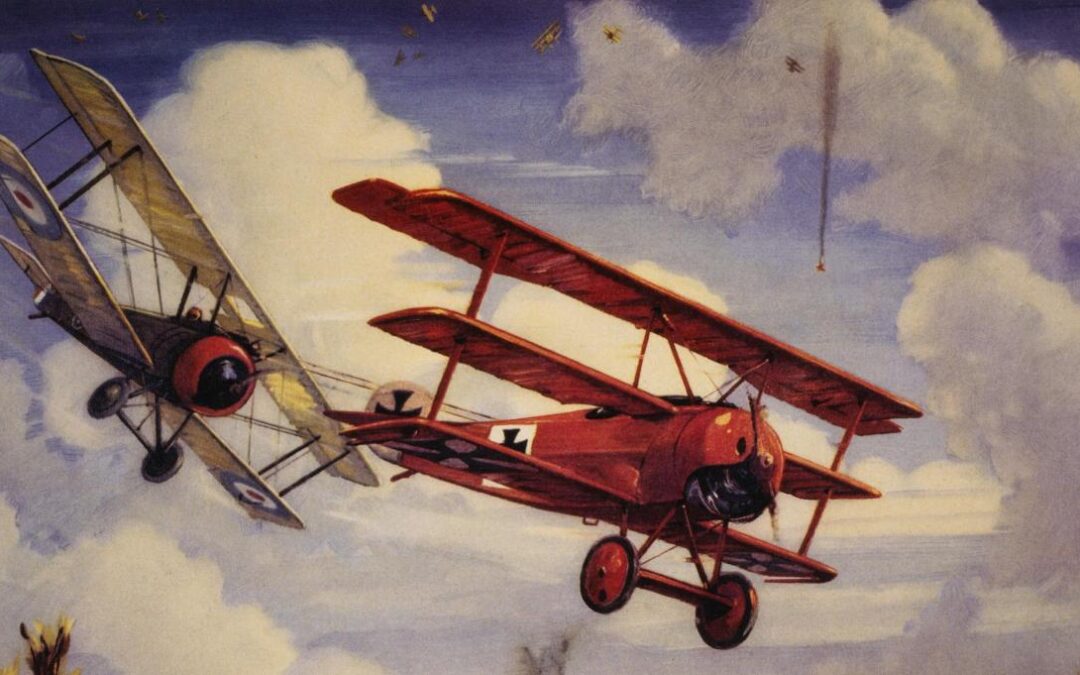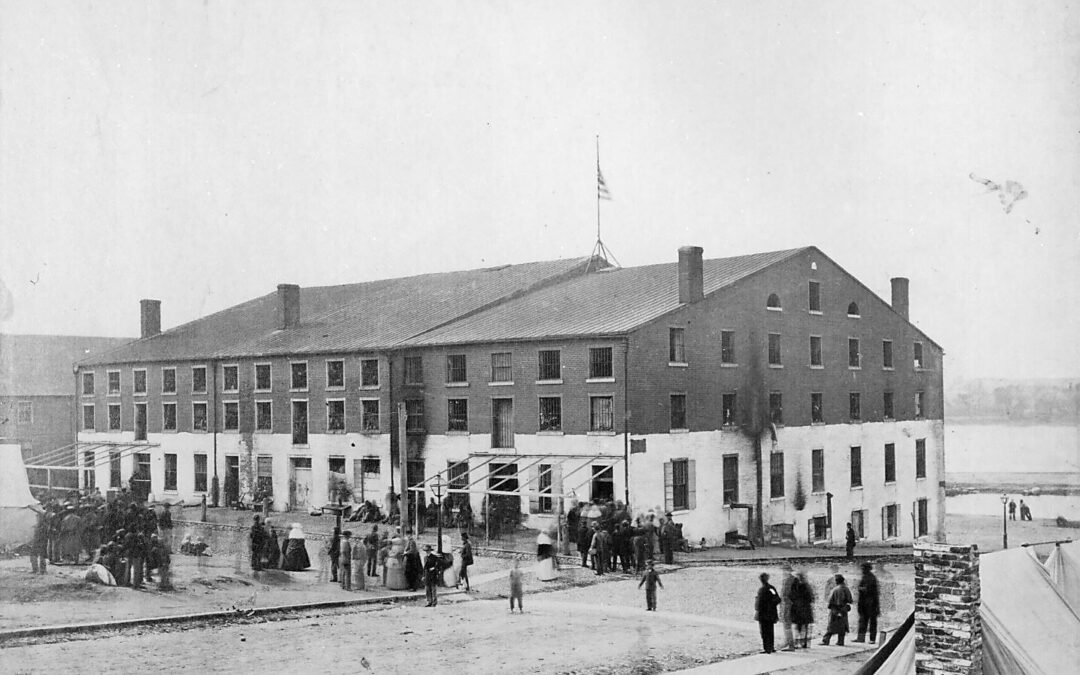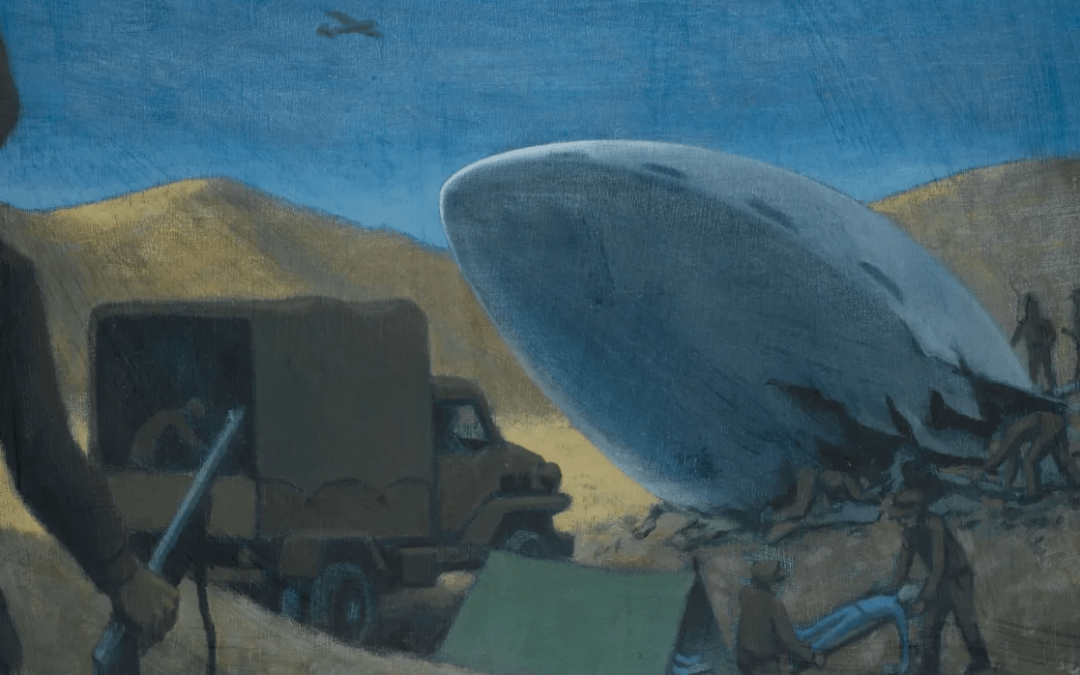On June 6, 1944, the Allied forces launched Operation Overlord, the largest and most complex amphibious landing in history until that point. Invading Hitler's Fortress Europe was no small matter, even with all the preparations and forethought Allied planners made in advance of the landings. In the years and decades that followed, D-Day became one of the most thoroughly studied and documented events of World War II. Still, it seems like more and more personal stories, fascinating accounts, and even urban legends from the invasion emerge every day. Only those who were there can really know what it was like to hit the beach that day. But given recollections from veterans, photos and film reel taken that day, and Steven Spielberg's realistic depiction of the event in the 1998 film "Saving Private Ryan," we have a pretty good idea of what it looked like. Legend of the Scottish Soldier So it's all the more shocking to hear the legend of the Scottish soldier who walked up and down...
